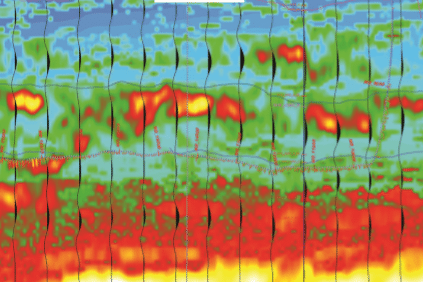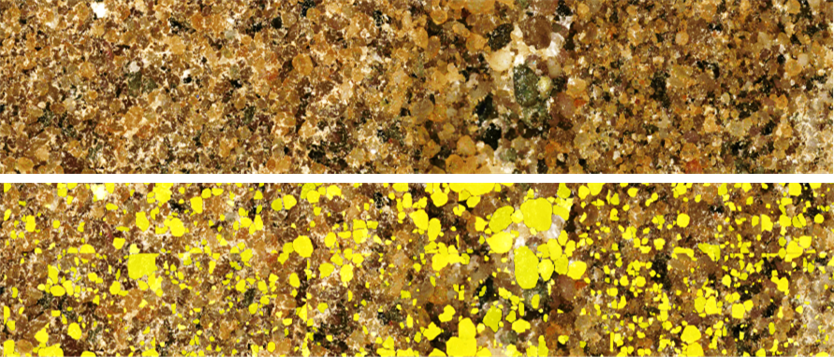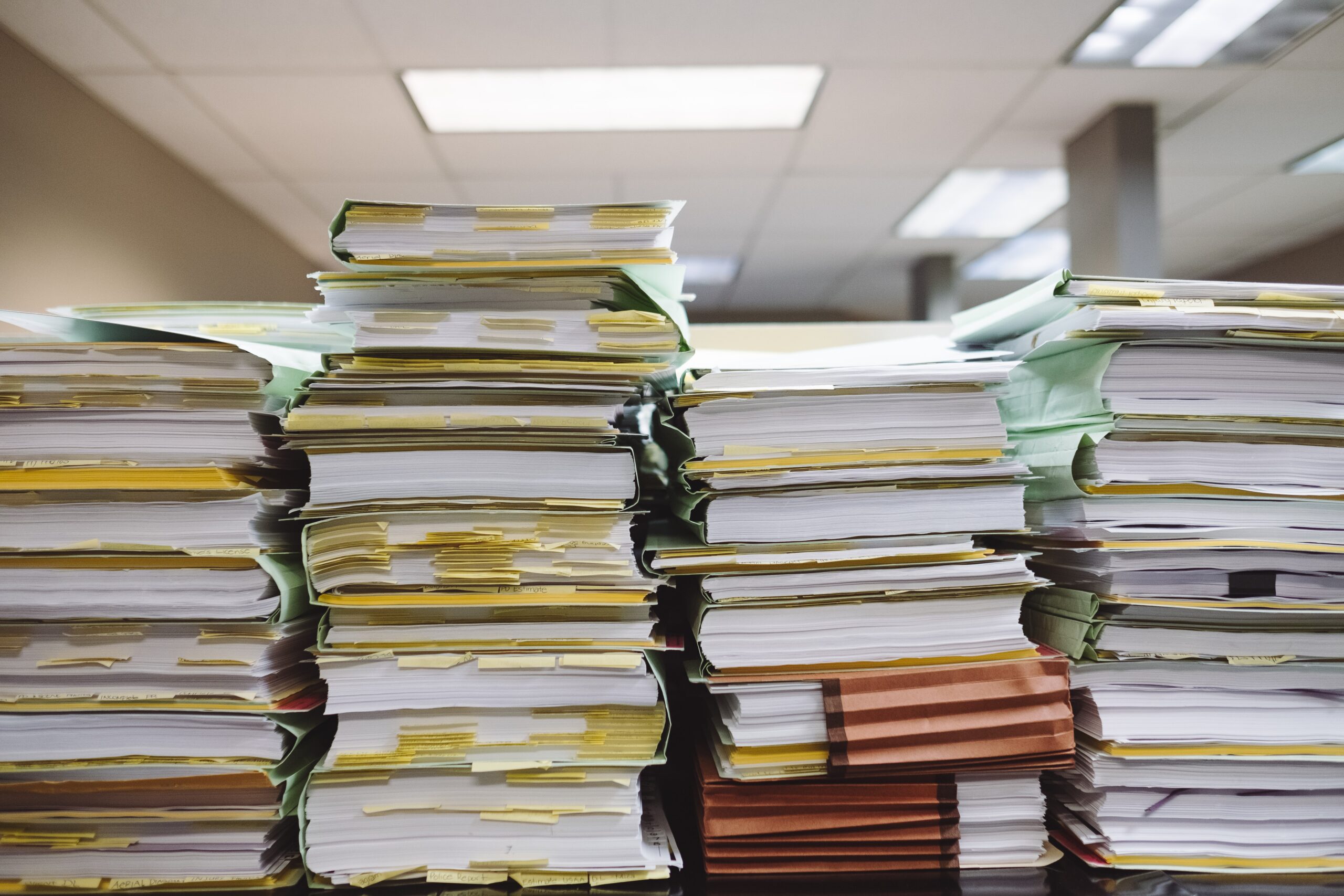At #DigEx 2019 leading technology and IT companies will show the latest applications of machine learning for the subsurface.
[add_single_eventon id=”31271″ ext_url=”https://events.geonova.no/event/digex-2019/” ]
One of them is Ikon Science, represented by technical director Ehsan Naeini, who has published several papers on the topic. For example in the Leading Edge with a case study from unconventional shales in the Permian Basin. Neaini’s message is that machine learning can play an important role in making quantitative interpretation workflows more efficient and potentially more accurate. The focus of his presentation at #DigEx 2019 will be on Pore pressure prediction. Pore pressure prediction plays a critical role in the ability to predict areas of high overpressure and fracture behaviour, which are both correlated with production. A pore pressure model must be supported by petrophysical conditioned elastic logs and accurate multi-mineral volume sets calibrated to core data. Performing these tasks manually requires a day or two per well.
Many wells combined with technical challenges such as complex stratigraphy, multiple play types, variable rock properties and the interaction of pore pressure and geomechanics make classical workflows for facies classification, petrophysics, pore pressure and geomechanics prediction too time-consuming.
To solve this issue, Ikon Science has developed a supervised deep neural network approach tool. The neural network can be trained to predict multi-mineral volumes and porosity simultaneously, which can then be used to predict pore pressure. A deep network can also be designed to allow prediction of certain properties of interest, e.g. pore pressure, at wells from elastic logs only. Then the trained model can be applied to inverted elastic properties from seismic amplitudes to compute a 3D model.






